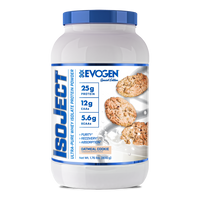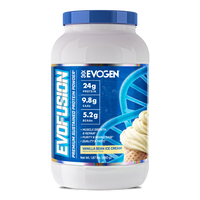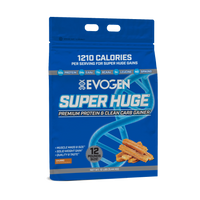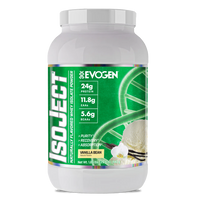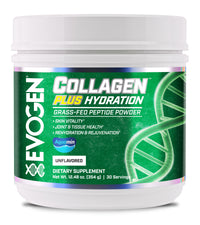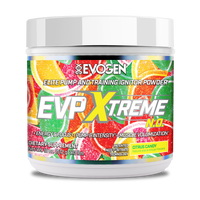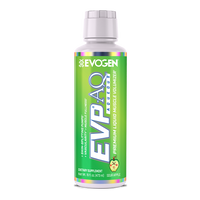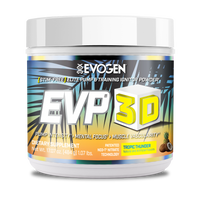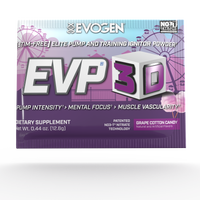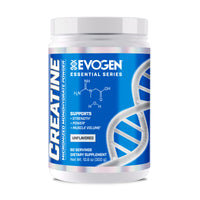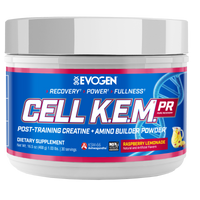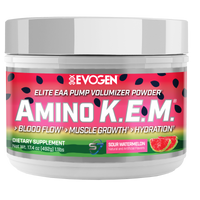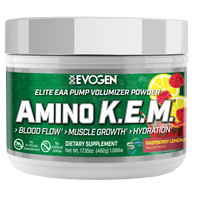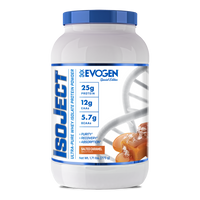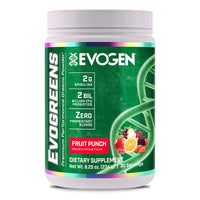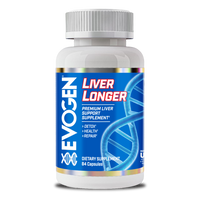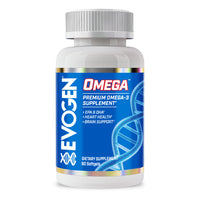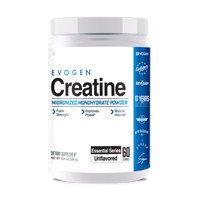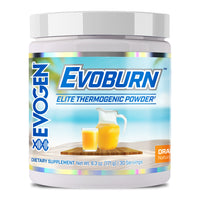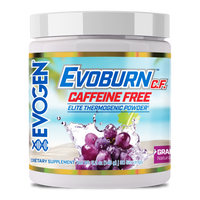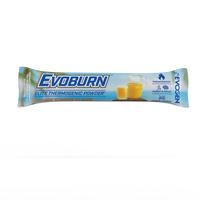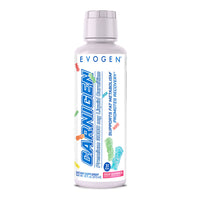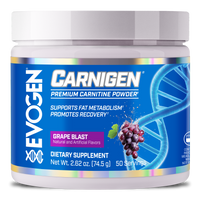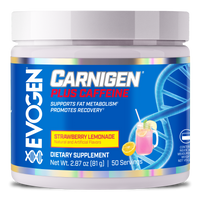In the era of information technology, it has become quite convenient and necessary to collect and keep track of data. Even in the health and fitness industry, it is now easier than ever to keep track of your pertinent information, including heart rate variability (HRV).
At home, you now have the ability to check your weight, blood pressure, calories, pulse rate, and more with the help of technology.
Those who are interested in keeping track of their sleep, performance, recovery, or overall health must have at least some knowledge about heart rate variability.
What is Heart Rate Variability?
Heart rate variability is the measure of the variation in time in between each heartbeat. This variation is run by an important part of our nervous system, which is known as the autonomic nervous system. ANS is widely known as the best objective metrics for physical health and fitness, as well as helping to determine our body's performance levels.
What Causes Heart Rate Variability?
In essence, HRV is considered to be a part of your heart rate function, but it actually originates from your nervous system. In a healthy and normal individual, heart rate variability increases when you are relaxed, for example, you are meditating or sleeping. This is when the parasympathetic nervous system comes into play and takes control.
Now, when there is low heart rate variability, it means that you could be stressed. This is when elevated sympathetic activity keeps the body at par with the demand. Hence, HRV is generally higher when your heartbeat is slow and lower when the heart starts to beat faster due to stress or exercise.
Heart rate variability stems from parasympathetic and sympathetic branches, as together, they send signals to your heart. A "balanced" nervous system is when both of the branches are in sync with each other.
What is the Importance of Heart Rate Variability?
When your HRV is higher, it means that your body is being responsive to both branches (parasympathetic and sympathetic). This is a sign of a balanced nervous system and that your body is capable of adapting to various environments and can provide you with the best performance and overall results.
On the other hand, low HRV means one branch is taking over another. This is a good thing only when you are preparing for something such as a race – where you want your brain to focus on your legs for running (sympathetic) and not controlling other systems within the body such as digesting food (parasympathetic).
Although, if you are not engaging in any sort of activities, then low heart rate variability indicates that your body is under stress for some unknown reason – possibly from something such as fatigue, dehydration, sickness, and depression, to name a few.
Heart rate variability suggests that you are fit, healthy, and your body is ready to perform and function optimally.
How Do You Track HRV?
The method used the most to track HRV is to examine the results of an electrocardiogram test. This test is often done in a medical office where several wires are attached to your chest.
Although, in the last few years, the improvement in the era of technology has enabled many tech companies to come up with apps and heart rate monitors that can track your HRV quickly and more efficiently without the need to go to a doctor's office or the hospital.
For example, Whoop and Oura Ring are some of the best trackers available on the market.
Whoop tracks your heart rate variability when you are in your last slow-wave sleep stage. As HRV varies hugely throughout the day, it does not make sense to keep a running log 24/7. When you are extremely sleepy, Whoop enables you to track and view your heart rate variability.
Oura Rings are similar in that they track your heart rate variability when you are asleep or when you are deeply rested. The calculation is done via rMSSD, which is a popular HRV parameter and can provide excellent results of your ANS activity.
3 Ways to Improve Your Heart Rate Variability
Heart rate variability is an effective way to measure and to keep track of your health and fitness. Increased HRV can show an improvement in health, fitness, and even physical performance in athletics.
Here are three ways how you can improve your HRV:
1. Get Enough Sleep Each Night
The very first thing people notice when they see their heart rate variability is how sleep drastically affects their results. Sleep is vital, especially when you are training hard in the gym.
2. Slow and Deep Breathing Techniques
The parasympathetic branch of the nervous system gets triggered when you are practicing slow and deep breathing techniques. One easy and effective way is to breathe in through your nose for a count of five and then breathe out through your mouth for another count of five. You can do this before going to sleep, after waking up in the morning, or anytime during the day when you are feeling stressed.
3. Eat a Healthy Diet
Consuming lots of fruits and vegetables, and avoiding sugar and carbohydrates as much as possible is a great way to improve your heart rate variability.
Performance Can Drastically Increase When You Improve Your Heart AND Your Muscles
As mentioned above, heart rate variability is incredibly important. Likewise, your muscle performance and recovery are just as important when you are looking to build muscle as well as improve strength and athletic performance.
If you want to take your results to the next level, you need supplements that align with your individual goals. That's where Evogen Nutrition comes into play.
A quality protein supplement along with amino acids can drastically help you achieve your goals faster than when using nothing at all. Evogen Nutrition IsoJect is as good as it gets and not only tastes amazing, but it uses cutting-edge triple cold-filtered whey isolate, which undergoes a nano-filtration process to ensure the highest quality possible. Available in more than a dozen mouth-watering flavors, your taste buds will never get bored.
Then comes Evogen Nutrition Amino K.E.M. – a next-level amino acid supplement that helps provide maximum blood flow to the muscles, can improve hydration, and supports lean muscle tissue growth. Utilizing all nine essential amino acids, a trademarked S7™ nitric oxide blend, and a hydration matrix, you have the ability to prime your muscles to perform optimally during workouts and kickstart the recovery process.
Don't cut yourself short. Maximize your results through the help of the Evogen Nutrition line of advanced supplements.
